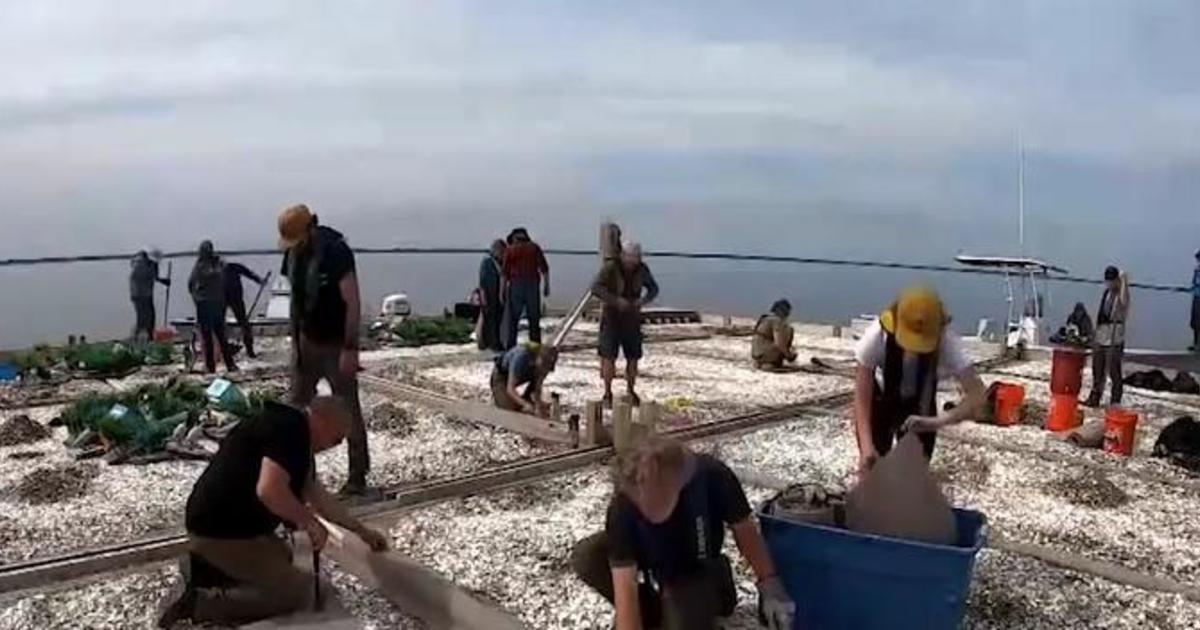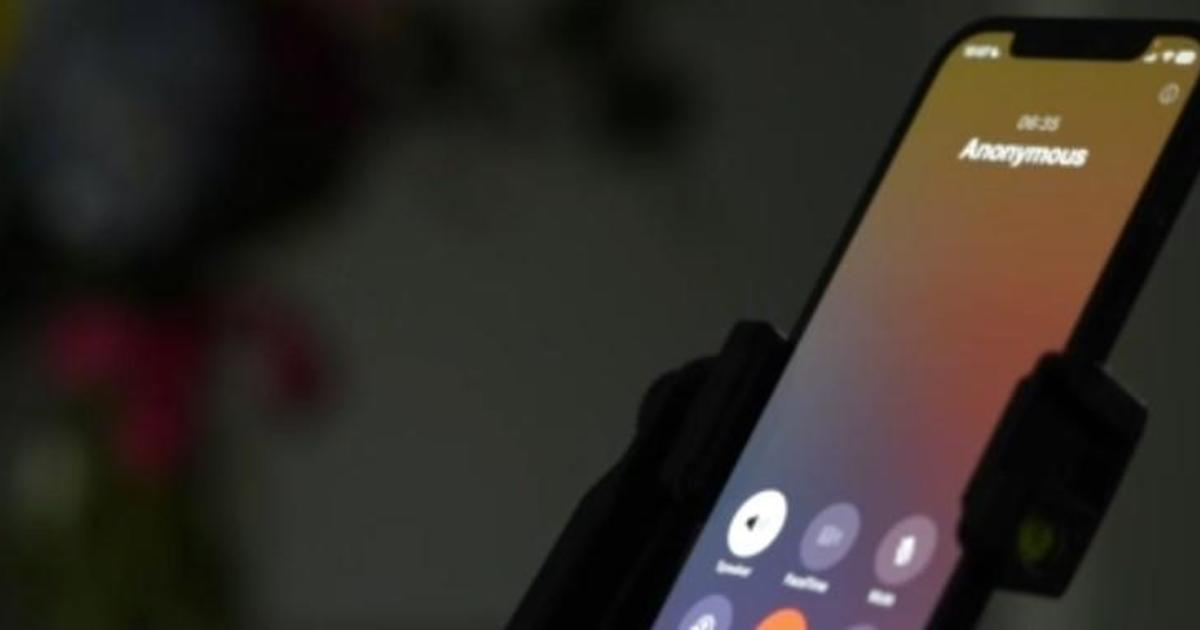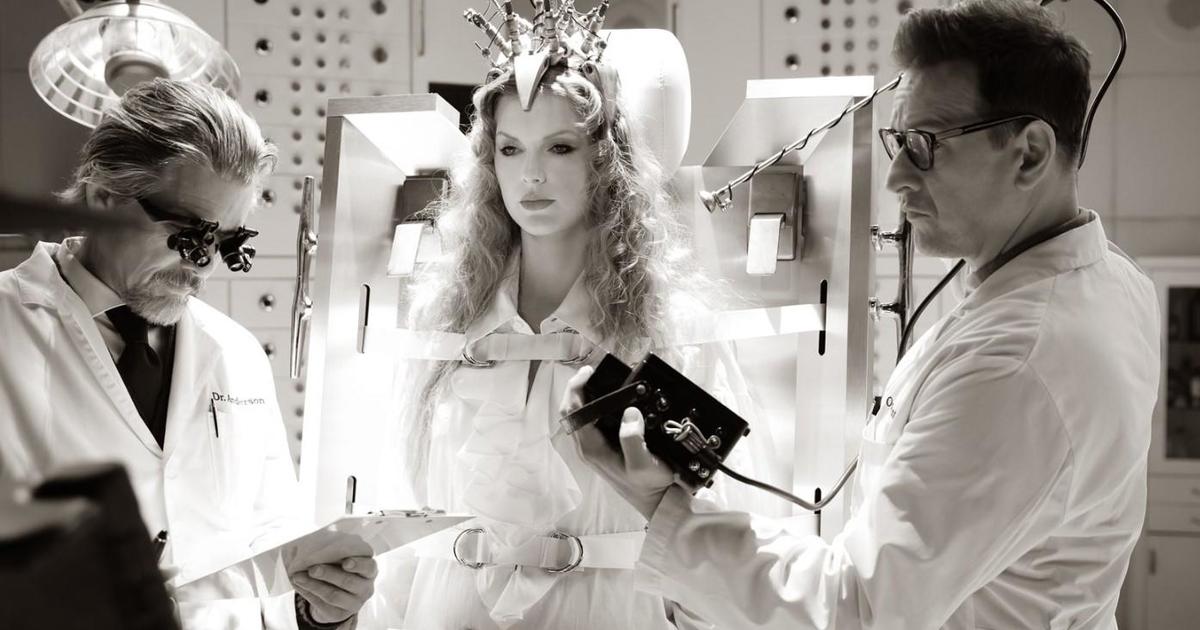Story Of Ex-CIA Agent From Md. Becomes A Movie
By KAREN GARDNER
The Frederick News-Post
KNOXVILLE, Md. (AP) -- When the CIA needed a cover story to extract six Americans from Iran during the 1979-80 hostage crisis, Tony Mendez devised a scheme that involved a crew scouting for a movie called "Argo." The guise extended to advertisements for the fake production.
"Argo" is back. This time it's a real Hollywood production that reveals Mendez's role in the secret operation.
Today, the Mendez homestead nestled in the Blue Ridge Mountain foothills of Western Maryland seems far removed from the life of a spy. It seems even farther removed from Hollywood.
But Hollywood has come knocking at the door of Antonio J. Mendez. The one-time chief of disguise for the CIA is the subject of the new film. And if that's not flattering enough, he's being portrayed by Ben Affleck.
"He's only a foot taller than I am," Mendez said while relaxing at his home recently.
"Argo" focuses on Mendez's role in the rescue of six Americans who sought shelter at the Canadian Embassy during the 1979-80 Iran hostage crisis. Although 52 other Americans were held hostage for another year, the rescue of the six gave Americans hope during a dark period in the nation's history.
Mendez, now 70, was a key figure in the rescue. It was his idea to disguise himself, another agent and the six Americans in hiding as Canadians and Europeans scouting locations for a Hollywood movie.
There were a few tense moments, but the operation went smoothly.
A May 2007 article in Wired magazine detailing Mendez's role in the rescue caught moviemakers' attention. Mendez first wrote about the rescue in a chapter of his book "The Master of Disguise: My Secret Life in the CIA," which was published in 1999 with co-author Malcolm McConnell.
Mendez is a consultant to the director. The movie has taken liberty with the facts.
"They reserved the right to change things," Mendez said.
For example, there is a chase scene that never happened. In the same way that the fictional Scarlett O'Hara had three children in the novel "Gone With the Wind" but only one in the movie, Mendez said, "They wrote two of my children out."
Mendez asked the scriptwriters to retain his son Ian, who died of cancer in 2010 at age 44. The movie also has Mendez and his family living in a Georgetown apartment.
Mendez had been in the CIA for 15 years when dozens of Americans were taken hostage by Iranian Revolutionary Guards. The Revolutionary Guards had overthrown the Shah of Iran in favor of a more fundamentally religious regime.
Mendez always had a unique way of solving problems, said his wife, Jonna Mendez. Mendez's first wife, Karen, died of cancer in 1986. Tony and Jonna Mendez both worked for the CIA and married after Tony Mendez retired in 1990.
"When he was at CIA, he had a bunch of blue-collar guys working for him," Jonna Mendez said. "He bought a pinball machine with government funds. If there was a problem, at lunch the guys would play pinball and work it out."
Tony Mendez was hired as a CIA agent in 1965. He spent 25 years working undercover, devising elaborate disguises and making false documents.
He had been to Iran in April 1979 and helped bring out one of the CIA's Iranian agents after the overthrow of the Shah.
The U.S. Embassy was seized on Nov. 4, 1979, with 66 hostages taken.
Thirteen were released shortly after; one was released in mid-1980.
Several weeks after the embassy was overtaken, six Americans from the embassy were still missing. Unknown to the Iranians, they had sought shelter at the Canadian Embassy.
"One reporter figured out that six were missing," Mendez said.
It became important to get them out of hiding before the Iranians came looking for them.
The Canadians agreed to issue the six Americans Canadian passports. That represented an enormous diplomatic breakthrough, because the Canadians had always been reluctant to issue fake passports for Americans, even with the CIA behind the request. But that was only the beginning.
"It became a question of who were these people, and what were they doing there (in Iran)," Mendez said. The CIA had to come up with a cover story for them, and get them out as quickly as possible.
"I had this notion of a Hollywood film-scouting party," he said. "People from Hollywood are eccentric, and they wouldn't care what was going on."
Mendez also knew that Hollywood resonated with people everywhere, even Iranian revolutionaries.
"People from all over the world know about Hollywood and would like to help them out," he said.
Within a few days, Mendez met with Canadian officials, and then got to work setting up a bogus production company. He and his CIA cohorts set up shop in a real Hollywood studio. They called their production company Studio 6.
"We had our business cards printed, and invented a science-fiction movie called `Argo,"' Mendez said.
The word referred to the Argonauts of Greek mythology, who were seeking the Golden Fleece, and to an old, profane CIA knock-knock joke the agents would tell each other to relieve the tension. Mendez assumed the dual role of Irish filmmaker and head of production.
"I had used a number of personas over the years," he said.
The group took out ads in Hollywood publications touting the new movie to give it an air of authenticity. They brought those ads along -- just in case.
The six Americans would take on the roles of a Canadian film crew in Tehran scouting a location. Mendez and "Julio," another CIA agent posing as a Latin American member of the film crew, would meet the six in Tehran. After a few days of scouting, the eight would fly to Zurich.
Mendez's account of the events reads like a spy novel. The six were rescued -- although until Mendez's book came out in 1999, the role of the CIA was largely unknown.
In reality, the six Americans spent 12 weeks in the Canadian Embassy, cooking gourmet meals, playing lots of Scrabble and working their way through the embassy's extensive collection of alcoholic beverages. Most of the Canadians had left, and the last diplomats were scheduled to leave hours after the American rescue.
The Americans played so much Scrabble that eventually they could recognize a letter, facedown, by the grain of the wood on the playing piece, Mendez said.
There were a few tense moments during the actual rescue, in late January 1980, such as when an Iranian immigration official took a mysterious break while getting paperwork approved. The Americans feared the worst; it turned out the official merely wanted a cup of tea.
Mendez's wife and children knew he was in Iran, but they had few details. In those pre-cell phone days, communication with the outside world was almost nonexistent. It was often difficult for family members of CIA agents, he said. Mendez recalled that when his wife would drop him off at the airport for an assignment, he would hand her his wallet and wedding ring -- a detail the moviemakers included in the script. Mendez was, in essence, giving up his identity.
"There's no lifeline, unlike (for those in) the Special Forces," he said. "There might be issues with insurance and
wills, especially if the agent went missing without a trace."
The CIA usually tried to compensate families by having them present at awards ceremonies. But when Mendez received the Intelligence Star for Valor for his role in the rescue, it was arranged in such haste that there was no time to invite his family.
He was later named one of 50 CIA Trailblazers, an honor given out during the CIA's 50th anniversary celebration in 1997.
Actor George Clooney optioned the movie in 2007, but the project was delayed. Clooney is still involved, but Affleck wanted to direct and star in the movie.
The Mendezes -- Tony, Jonna, son Jesse, 18, and Jesse's girlfriend -- traveled to California recently to watch part of the
moviemaking process. Tony Mendez also helped Affleck scout locations, escorting him to key sites in Washington.
"I took him around to CIA offices, and they rolled out the red carpet," Mendez said. The CIA employees were quite star-struck, he said. Jesse served as the driver for his dad and Affleck during the D.C. tour.
The Iran location shots are being filmed in Turkey, Mendez said.
Mendez spends much of his retirement in his studio painting landscapes and animal scenes. Jonna Mendez is a photographer who, as chief of disguise at the CIA, posed as a photographer during much of her career. The couple have annual art shows, and their artwork is often featured in local galleries. Tony Mendez's son Toby Mendez, who lives in Frederick, is a nationally known sculptor.
Growing up in the Denver area, Tony Mendez said his only goal was to be an artist. He thought he was applying for a job as a Navy illustrator when he answered a blind CIA ad. The furtive recruiter met him in a cheap, dark motel room in Denver and told him to tell no one of their meeting.
The CIA has been fully supportive of the movie, Mendez said.
The movie deviates from the time period in a couple of ways. For example, in the movie the character Tony calls his boss at critical times; that never happened. The technology used in the movie didn't exist; computers were immobile and telephone communication was mostly limited to land lines.
"(My character) had to invent a gadget to allow my character to communicate with his boss," he said. That was completely fictional. In reality, Mendez and his cohort had almost no way to reach the outside world.
------
Information from: The Frederick (Md.) News-Post,
http://www.fredericknewspost.com
(Copyright 2011 by The Associated Press. All Rights Reserved.)



